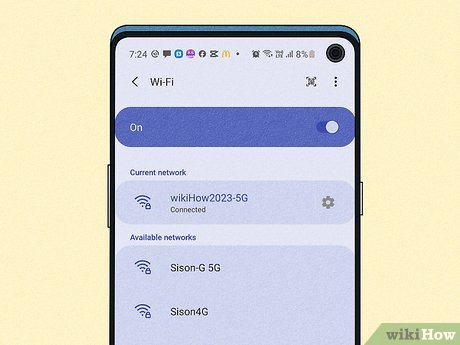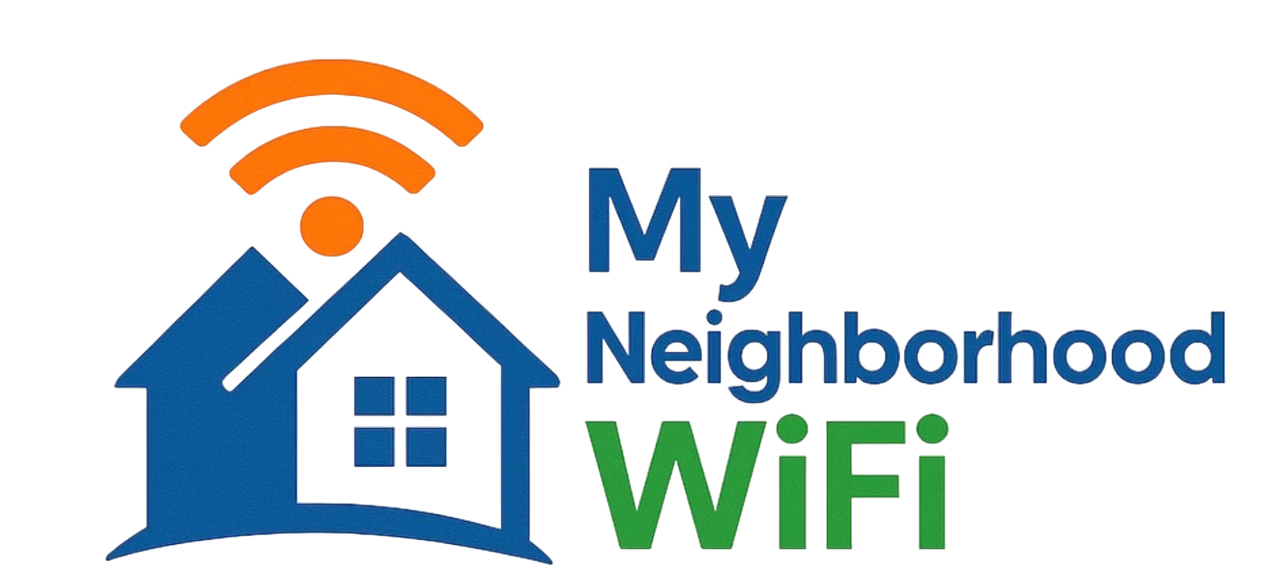
If you’ve ever sat at home staring at a buffering wheel or waiting for a simple page to load, you know the frustration of internet issues. The good news? Many of the most common internet problems can be fixed quickly without needing to call in a technician. Whether you’re working from home, gaming, or just trying to watch your favorite show, these simple fixes might help you restore a strong connection. Let’s go through five common internet problems and how you can easily solve them today.
1. Slow Internet Speeds
Few things are as aggravating as snail-like internet speeds. If your internet feels slower than usual, there could be a variety of reasons. Bandwidth could be clogged, your router may be outdated, or something in your setup might be causing interference.
Quick Fixes for Slow Internet
- Restart your router: It’s a classic for a reason. Turning your router off for 30 seconds and then back on can often clear temporary glitches.
- Move closer to the router: Wi-Fi signals get weaker with distance and walls. If possible, reduce the space between your device and the router.
- Limit devices: If multiple people are streaming or gaming simultaneously, your speed will take a hit. Disconnect devices you don’t need connected.
- Update firmware: Routers occasionally need software updates to improve performance. Check your router’s settings or manufacturer’s instructions for updating.
2. Intermittent Connections
Does your internet drop in and out? That kind of instability makes remote work, gaming, and even casual browsing frustrating. These inconsistent signals are often due to interference from electronics or weak Wi-Fi positioning.
How to Fix Intermittent Wi-Fi
- Relocate your router: Keep it away from microwaves, cordless phones, or other electronics that could interfere.
- Change the Wi-Fi channel: Sometimes neighbors’ Wi-Fi overlaps with yours. Switching to a less crowded channel can give you smoother performance.
- Use a wired connection: For desktops, gaming consoles, or TVs near the router, an Ethernet cable will provide a direct and steady link.
3. Wi-Fi Dead Zones in Your Home
Have you noticed certain rooms where the Wi-Fi barely works—or doesn’t work at all? These “dead zones” are common in larger homes or houses with thick walls between the router and your device.
Ways to Tackle Wi-Fi Dead Zones
- Try a different router position: Placing your router in a central location can reduce dead zones.
- Install a Wi-Fi extender: These devices expand your existing signal into hard-to-reach spaces.
- Upgrade your router: Older routers may not support faster Wi-Fi standards that help with coverage. Newer models can make a noticeable difference.
4. Devices Not Connecting to Wi-Fi
It’s frustrating when your phone or laptop refuses to connect, even when the Wi-Fi is working for other devices in your home. This usually comes down to either device settings or authentication issues between the device and the router.
What to Do When Devices Won’t Connect
- Forget and rejoin the network: On your device, remove the Wi-Fi login and then enter the password again.
- Restart your device: A quick reboot often resolves device-specific glitches.
- Check your password: Typos happen. Make sure you have the correct Wi-Fi password.
5. Buffering During Streaming
One of the most annoying internet problems is your stream pausing mid-show. Buffering is often caused by insufficient bandwidth, either because speeds are too low or because other devices are using up too much data at once.
How to Fix Buffering Issues
- Pause other heavy internet use: Large file downloads, online gaming, or video calls can eat up bandwidth needed for streaming.
- Lower the video quality: Watching a show in HD or 4K requires higher speeds. Switching to a lower resolution can eliminate buffering.
- Consider wired streaming: Using an Ethernet cable for your TV or streaming device provides a more stable connection than Wi-Fi.
Extra Tips for Better Home Internet
Beyond solving common problems, there are steps you can take to prevent issues before they occur:
- Keep your router updated: Manufacturers release updates to fix bugs and optimize performance.
- Restart once in a while: A simple reboot every few weeks can clear internal memory and keep your router running smoothly.
- Secure your Wi-Fi: Use a strong password so that neighbors or strangers aren’t leeching off your network.
- Check your speed: Free resources like Speedtest help confirm if you’re getting the speeds you should be.
When to Call Your Service Provider
Sometimes the problem isn’t with your devices or router at all— it’s with the service itself. If you’ve tried all these common fixes and your connection is still poor, it may be time to reach out to your provider’s support team. Issues like outages, damaged cables in your area, or problems at the provider’s end can only be fixed by them. Checking community boards or discussion groups on Reddit or even Quora may also highlight if it’s a widespread problem in your area.
Conclusion
Internet problems happen to everyone, but most can be resolved with a few simple tweaks at home. From rebooting your router to adjusting your setup for better coverage, these small actions often make a big difference. By trying these easy fixes first, you can often save yourself time, frustration, and the hassle of waiting on hold for customer service.
“Most inquiries are answered within the same day”
Written by admin
Content writer and tech enthusiast sharing insights on internet connectivity.



